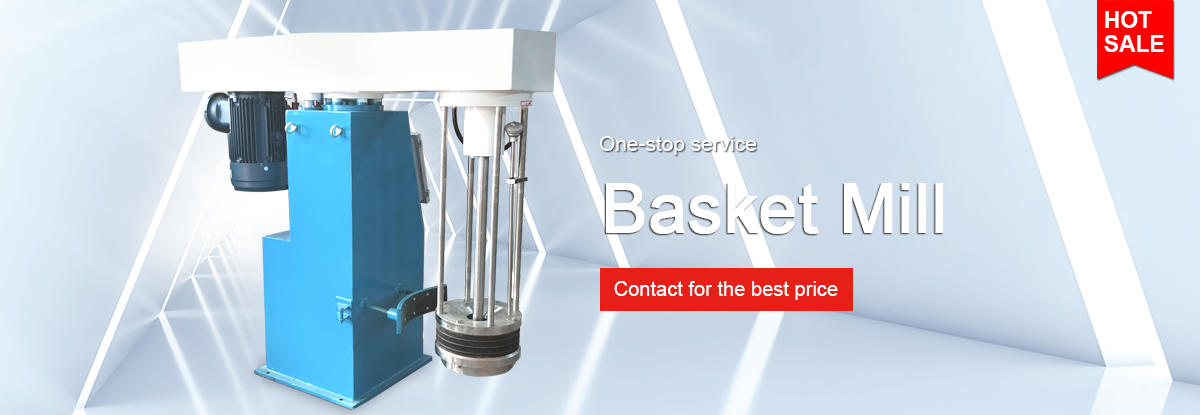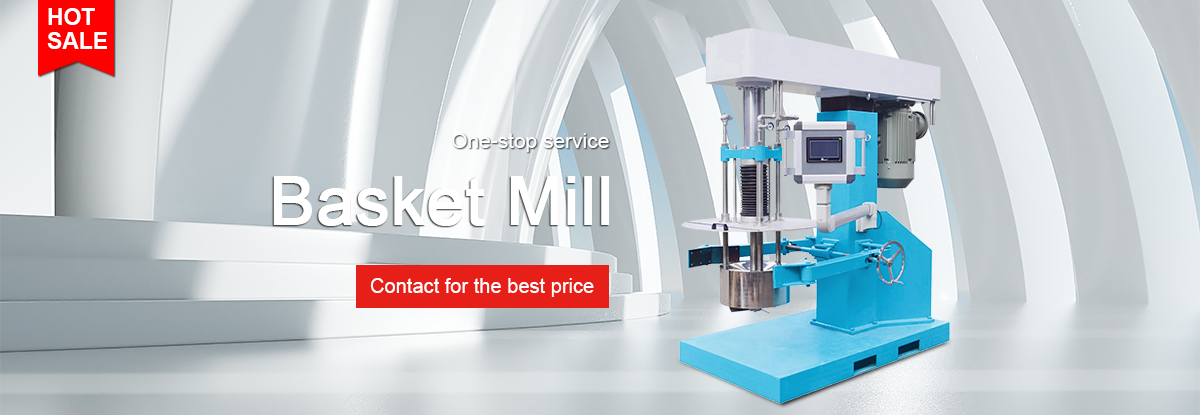The Ultimate Revelation of Basket Mill
A basket mill is basically for grinding grains and other materials into flour or meal. The mills were driven first by horses, although the Industrial Revolution saw the introduction of clockwork motors. Basket mills were once common in North America and Europe to produce flour for breadmaking – 60% of all bread sold in 1910 contained ground grain produced with a basket mill. Basket mills may also be used to process oats, corn, or poppy seeds into meal; wheat bran; quinoa; soybeans; sunflower seeds; hemp seed meal, etc.
What is a lab basket mill?
Lab basket mill is applicable for grinding raw material, and it can be widely used in the industry. The lab basket mill can crush many kinds of ores, such as feldspar, calcite, talc, kaolin, wollastonite, barite, and so on. The working principle of the lab basket mill is that the motor drives the eccentric roller to rotate continuously through the belt transmission pulley at the top of the mill. The material will then be ground by a rotating gear wheel that has many teeth. The energy will be transmitted from eccentric roller to gear-wheel through gears inside the mill to drive rotating gear-wheel, which consists of a series of blades evenly arranged around a disk or circular plate with holes. The grinding material will be ground by rotating gears. To enhance the duration, belt tension needs to be adjusted regularly. The lab basket mill is widely used in applications like metallurgy, mining, oil and gas production, and chemicals.
Lab Basket Mill
Lab basket mill is widely used in heavy industries such as mining, metallurgy, oil gas production and chemicals industries, etc. The lab basket mill mainly consists of a grinding mill, cage, and motor. The material to be ground is put into the grinding mill by workers, and the material does not enter the crate because of a safety protection device (the door of the grinding mill is closed) then revolving gears will take away energy from the eccentric roller to rotate. And then blades will divide and grind materials simultaneously, and then the material will be collected by a belt conveyor. The motor drives the mill, and the big gear wheel drives the gear wheel through belts.
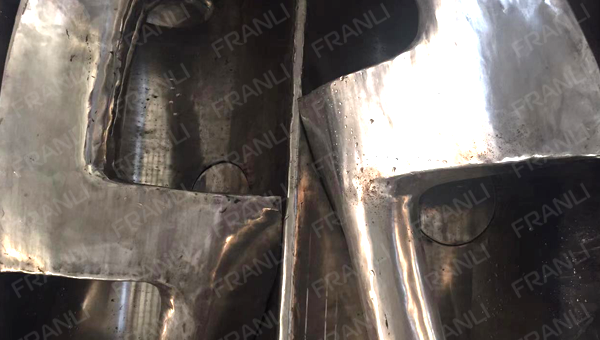
The core part of the basket mill
Operation of basket mill
In operation, the miller places grain in the feeder and pulls a lever or handles a crank which starts the feed screw turning. The screw pulls the grain from the hopper and pushes it into a feeding tube. The grinding mechanism is mounted on top of a pivot point, which allows it to swing out over the hopper for access, then oscillate back into place when not in use. A large metal spring arm with a moveable end engages the grinding mechanism, pushing it into contact with a stone that has been selected using an attached lever on top of the mechanism housing. As the screw pulls grain into the feeding tube, it is ground against the stone. The stone may be flat or concave, smooth or coarsely grooved. The process strips whole grains of their husks and breaks them into large pieces. Only small amounts are lost to waste between the grindstone and hopper.
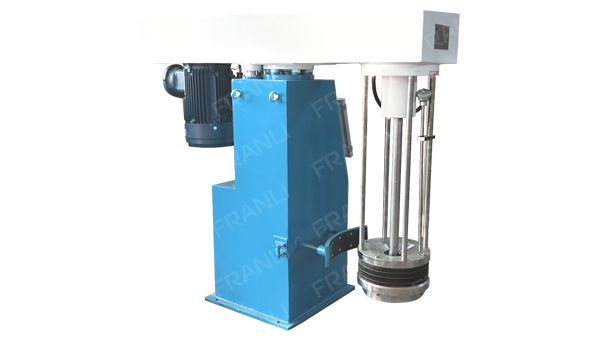
Basket Mill
To separate the ground grain from the husks and stray bits of stone, a wire screen is installed inside the bin. Some mills also include a tap which allows the thrash to be drained through a hose or pipe. The original hand-driven basket mills were made entirely of wood, but most modern mills are now made with stainless steel and cast iron. The mill’s wood and metal components can be purchased new or second-hand from antique mill vendors and on eBay.
Basket Mill With Mixer
Difference between flour mill and basket mill
The grain for flour mills is ground using a grill that spins in a vertical cylinder through which the grain is propelled using many blades. The auger wheels are usually made of metal, while the auger blades are often made of wood. Some mills have both metal and wood components. Flour mills require more maintenance than basket mills, which run more quietly and do not need to be maintained. After grinding, the ground grain goes to a bin above to be weighed and processed further before leaving the milling area via an outlet chute for further processing or storage into cans or other containers.
Franli manufactures basket mills by integrating technology and the traditional design of basket mills. They produce exquisite products that customers are proud of buying.
Copyright Notice :
This article only represents the author’s point of view.
This article is published under the authorization of the author.
Source: Franli
This article address : The Ultimate Revelation of Basket Mill
Related Products
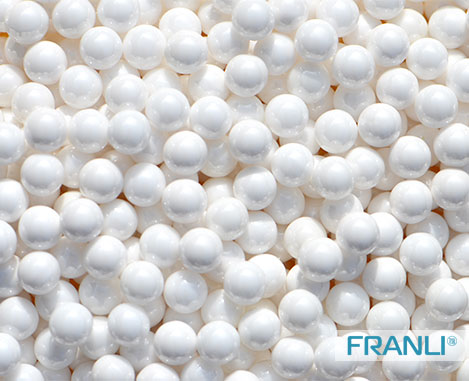
Zirconia beads for sale|Zirconia beads price
Zirconia beads, also known as zirconia grinding balls, zirconia ceramic balls, zirconia beads, ultra-fine grinding media, zirconia grinding balls.
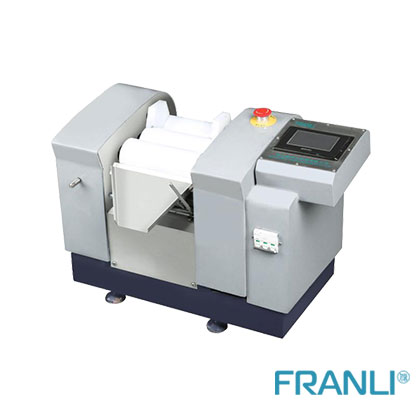
Triple roller mill
Three-roller mills are also called triple roller mills. In daily work, they can be divided into Lab triple roller mills and production triple roller mills. They are mainly used in ink, paint, paint and other industries.
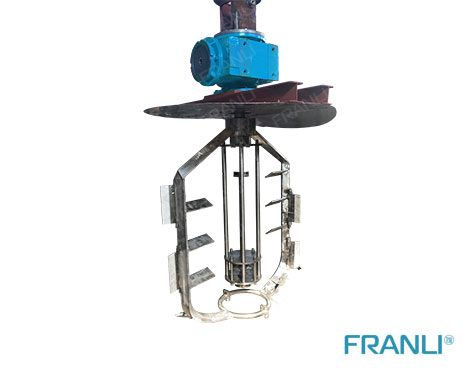
Platform Twin Shaft Disperser
This platform twin shaft disperser also named concentric double-shaft multi-function mixer, which is an industrial-grade model developed by FRANLI based on the concentric double-shaft mixer, which integrates powerful mixing, dispersion or emulsification,
News
Laboratory Reactor: Guide to Stirring System
The laboratory reactor is composed of a pot body, a pot cover, an agitator, a jacket, a support and transmission device, a shaft seal device, etc.
Grinding Media for Bead Mill | Zirconia Beads & Zirconium Silicate Beads
Bead mills mainly use grinding balls as media, and use impact, extrusion, and friction to achieve the final grinding effect, which mainly depends on the size and hardness of the grinding beads, the filling rate of the grinding beads, and the collision frequency adjustment between the grinding beads and the particles.
Overview of Laboratory Reactor
Laboratory reactors, also known as lab reactors, are essential tools in scientific research, product development, and process optimization. These reactors provide a controlled environment for conducting chemical reactions, mixing, dispersing, and homogenizing processes.
Bead mills | Manufacturing technology in various industries
Bead mills, also known as sand mills or grinding mills, are versatile machines widely used across various industries for the wet grinding and dispersion of solid particles in liquid media.
Ribbon Blender Mixer Equipment
A ribbon blender mixer, also known as a ribbon mixer or horizontal ribbon blender, is a powerful industrial machine designed for thorough and efficient blending of various materials.
What is A Stainless Steel Reactor?
Stainless steel reactors are essential equipment in various industries, including chemical, pharmaceutical, biotechnology, and food processing.
